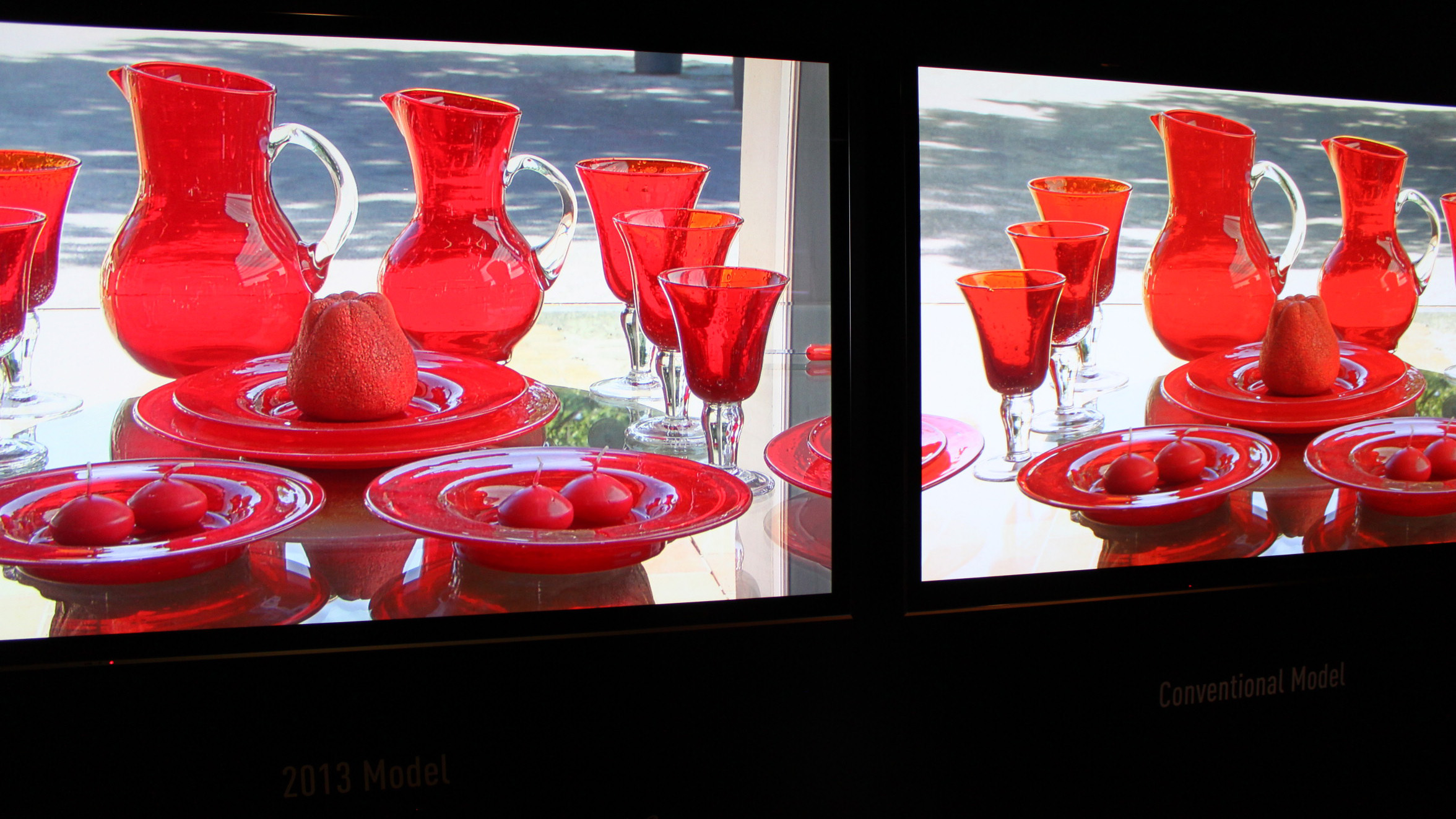Why you can trust TechRadar
We had expected the latest iteration of Panasonic's king of plasmas to be a numbered upgrade of 2012's awesome VT50 Series, but although a VT60 has dutifully appeared at the CES, its thunder has been politely removed by an all-new plasma that Panasonic is calling "Beyond Reference".
That's impossible, of course - a reference is by definition the ultimate, and can't be bettered - but Panasonic's engineers have certainly given their all on the newborn ZT60 Series.
Including the 60-inch 60ZT60 as well as this 65-incher, the ZT60 uses an all-new Studio Master panel alongside all of Panasonic's latest smart stuff such as voice interaction, Swipe and Share, and Viera Connect apps.
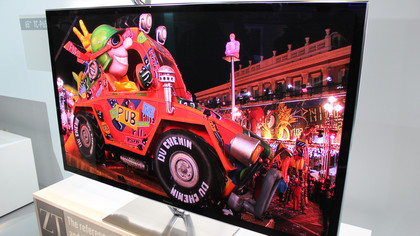
As befits a new monarch of movies, the 65ZT60 is a stunner on the outside, too. We've rarely been crazy about the outward appearance of a Panasonic TV, but the 65ZT60 breaks the mould with a slim bezel to rival - well, probably last year's - LED TVs. The 65ZT60's plasma panel is actually bonded to the front of the glass itself, principally to remove reflections, though it would appear to have helped boost brightness, too.
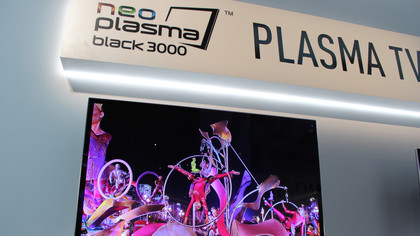
A lack of brightness has historically been a problem for high-end plasmas, and a significant drawback when watched in bright daylight, but it's not an issue here. That's thanks in part to a new pre-discharge control method, and though details were scant, we witnessed some intensely bright white segments if an image on a totally black blackground.
You know something's up when a TV is given its own black-curtained room, and it's to such a place that we were ushered to put the 65ZT60 through its early paces.
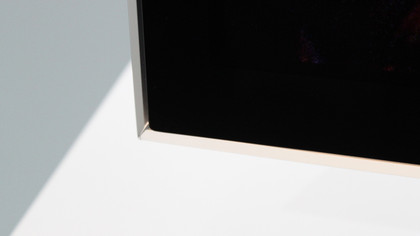
NeoPlasma Black 3000 is the slightly wordy term for a couple of dramatic differences in the tech that has wound-up in the 65ZT60. The first is red – and lots of it.
Sign up for breaking news, reviews, opinion, top tech deals, and more.
Using a new red phosphor has enabled a wider colour palette that technically surpasses the parameters of the digital cinema DCI standard. It shows up most dramatically in the appearance of red, which is more nuanced, but also much more powerful, though overall this increased skill with colour lends relatively more depth than in previous models.
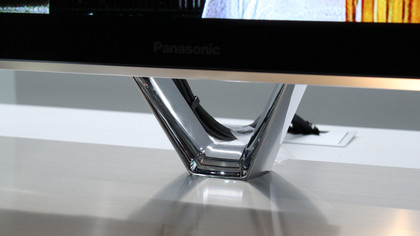
The Studio Master panel also appears to be much sharper. This is surely down to perhaps the 65ZT60's biggest advancement, Ultra Fast 3000 Focused Field Drive, which shortens the light emission to 1/3,000th of a second to eliminate after-images and blur.
It works well, though the increased sharpness appeared to introduce some processing artefacts. A moving shot of fine hair did include some fizzing around the edges, though it only seems to occur during close-ups.
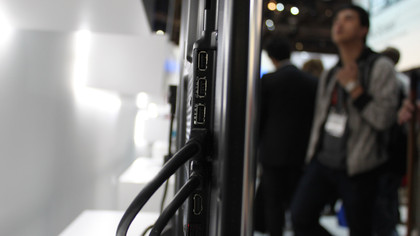
"LED TVs can outsell plasmas as much as they want - there's no way we're giving up on the best picture tech," said a Panasonic booth attendant to a small audience of speechless AV enthusiasts. He has a good point, because when watched in a blackout the 65ZT60 simply pops eyes.
The step-down VT60 Series of plasmas doesn't offer a bonded panel, but oddly does add a pop-up webcam for instant Skype.
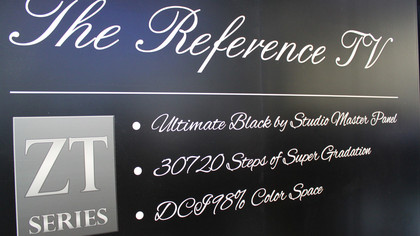

Jamie is a freelance tech, travel and space journalist based in the UK. He’s been writing regularly for Techradar since it was launched in 2008 and also writes regularly for Forbes, The Telegraph, the South China Morning Post, Sky & Telescope and the Sky At Night magazine as well as other Future titles T3, Digital Camera World, All About Space and Space.com. He also edits two of his own websites, TravGear.com and WhenIsTheNextEclipse.com that reflect his obsession with travel gear and solar eclipse travel. He is the author of A Stargazing Program For Beginners (Springer, 2015),
What is a hands on review?
Hands on reviews' are a journalist's first impressions of a piece of kit based on spending some time with it. It may be just a few moments, or a few hours. The important thing is we have been able to play with it ourselves and can give you some sense of what it's like to use, even if it's only an embryonic view. For more information, see TechRadar's Reviews Guarantee.
